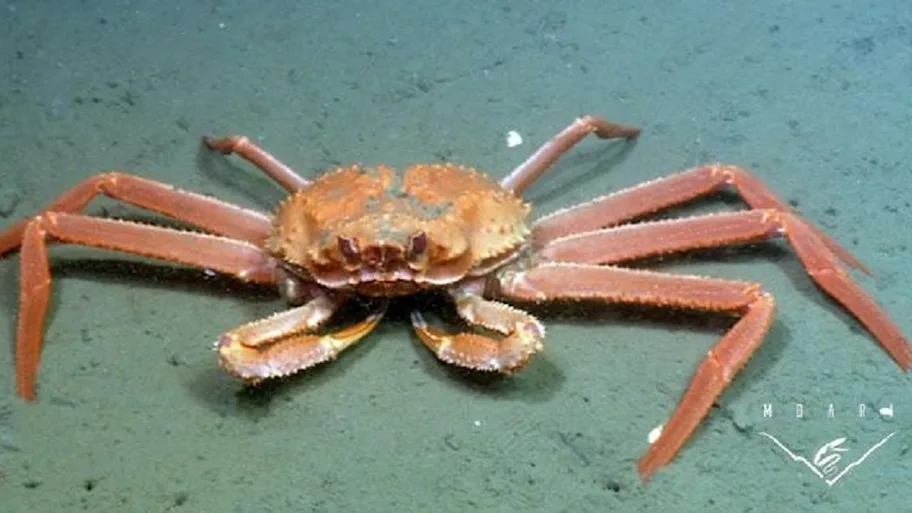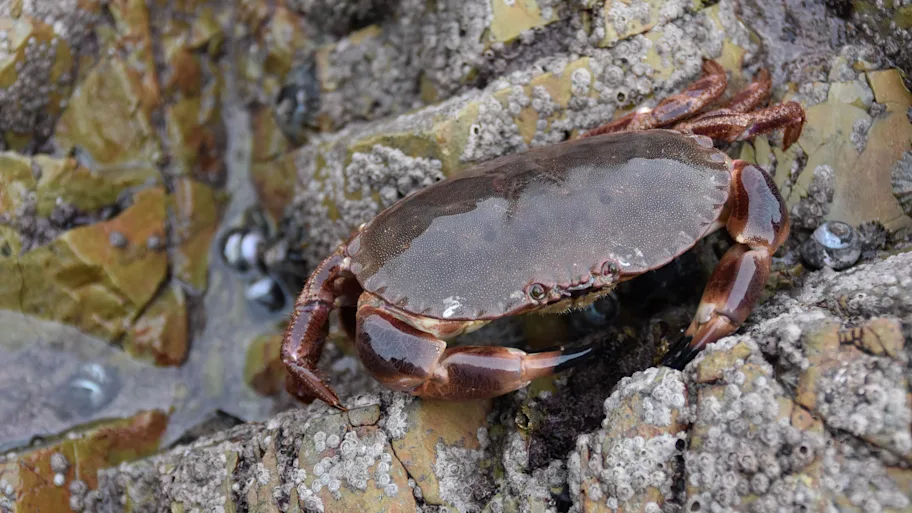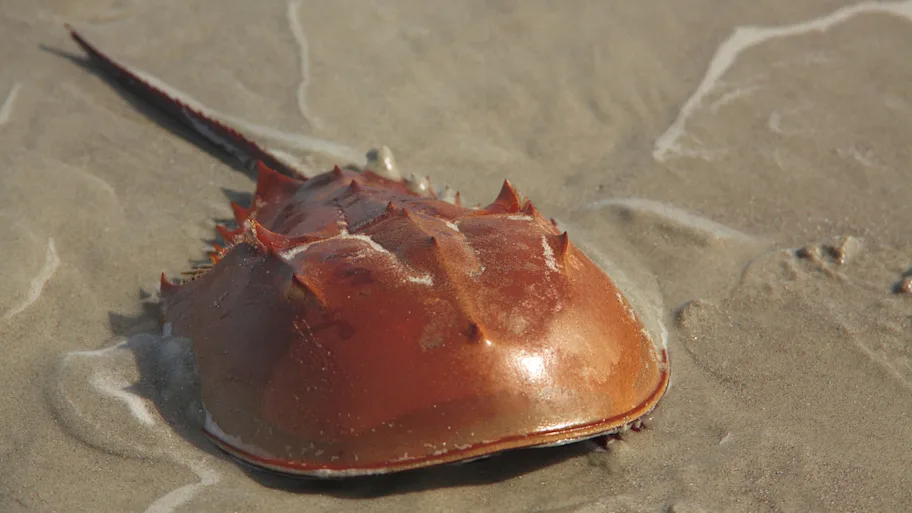
- Science news
- Life sciences
- Why do crabs slowly change color?
Why do crabs slowly change color?

Common shore crab at ebb tide on the Waddensea wetlands, Netherlands
By Ian Salter, Frontiers Science Writer
If someone called you a shore crab, would you know what they mean?
So synonymous are chameleons for their ability to rapidly change color that we use the word figuratively to describe a person who changes their opinion or behavior according to the situation.
Although people are unlikely to refer to you as a shore crab, they may just as well as they form a group of more obscure species that have the ability to adaptively change their appearance. However, unlike Chameleons and cuttlefish, they are unable to do so over a matter of seconds. Rather these changes occur over hours to days, or sometimes even weeks.
The benefits of comparatively slow color change are perhaps less obvious than instant camouflage or communication signals, but no less intriguing.
In a recent article published in Frontiers in Ecology and Evolution, Prof. Martin Stevens of the University of Exeter explores these concepts in more detail. “Our goal is to understand the mechanisms and function of camouflage and how it works in terms of defeating predator vision,” explains Stevens.

Left image shows changes in the brightness of two shore crabs (Carcinus maenas) when placed on a black (left) and white (right) background for 2 h. From Stevens et al. (2014a). Right image shows a horned ghost crab during the day with light yellow coloration (top), and at night with dark gray coloration (bottom).
In addition to camouflage, other possible reasons for color change may include thermoregulation, signaling and protection from UV radiation.
In some species of crab, for example, circadian rhythms appear to offer protection against intense sunlight, whilst in others they allow crabs to match the color and brightness of a sandy beach during the day whilst melting into the shadows at night.
These varied observations might seem at odds with each other. “Historically lots of work has focused on physiological mechanisms, but less emphasis has been paid to the ecological trade-offs and the evolutionary optimization of color change,” Stevens says.
In addition to these “preprogramed” and circadian rhythms, crabs – like chameleons and cuttlefish – also display adaptive color changes.
Stevens and colleagues have recently tested the capacity for juvenile shore crabs to change their color and brightness by placing them on different backgrounds. These experiments revealed that over a period of several hours the crabs could adjust their brightness to better match the background, although these responses vary between individuals and can be subtle in their nature.
In fact the most dramatic changes in appearance for crabs, and many other species, likely involve ontogenetic molting. This is a particularly useful strategy for species with high dispersal and planktonic larval stages, such as crustaceans, as there is significant uncertainty in the visual environment of where juveniles might finally settle.
Another enigmatic observation is that crabs are more variable in appearance among juvenile stages compared to adults.
“This could serve to disrupt visual predator search images during a period in the crab’s development when they are most susceptible to predation, but at the moment this is a theory that needs testing,” Stevens adds.
The article reveals much about color change in the animal kingdom but also highlights many key questions that remain unanswered. Perhaps the most fundamental concerns are the ecological costs and benefits of adaptive color change. “There has been little direct work linking color changes to increased survival rates and this is an important gap that needs to be addressed in future work,” concludes Professor Stevens.






